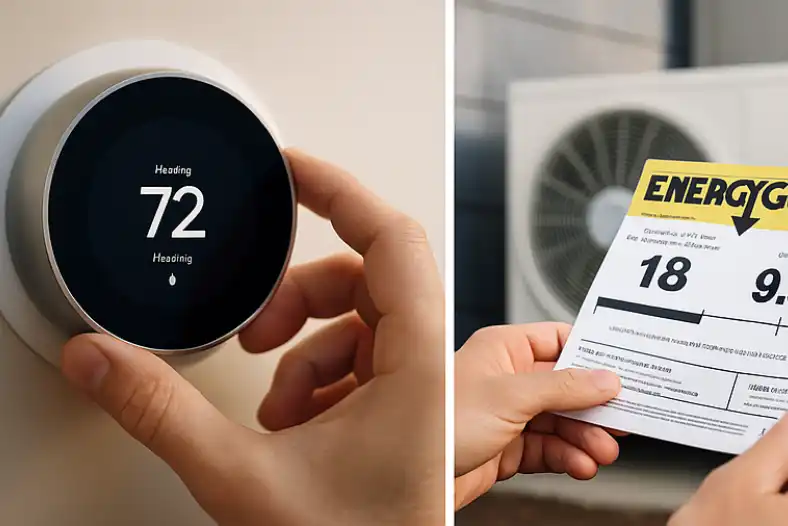
Most of us still see heating as a constant compromise — stay warm and pay more, or save money and shiver. But a new generation of energy-efficient heat pumps is proving that comfort and sustainability can finally go hand in hand.
A1 SolarStore has been exploring this transformation in depth, uncovering how the right knowledge and technology can reshape the way we heat our homes — from cold-climate performance to long-term savings.
For decades, homeowners in northern regions assumed heat pumps couldn’t handle icy temperatures. The latest innovations are breaking that myth. In heat pumps in cold climates, A1 SolarStore looks at advanced systems that deliver reliable warmth even when the mercury drops below zero — all while consuming a fraction of the energy used by traditional heating methods.
Switching from fossil-fuel systems to electric ones can feel like a leap of faith. That’s why A1 SolarStore created a detailed heat pump vs furnace comparison — a straightforward look at installation costs, efficiency, maintenance, and total lifetime performance. The takeaway? In the long run, a high-efficiency heat pump isn’t just greener — it’s smarter economics.
Numbers like “SEER 21” or “HSPF 10” can sound abstract, but they’re the backbone of informed heating choices. In understanding SEER rating, readers learn how to read efficiency labels, compare systems, and predict real energy savings. The more you understand these ratings, the easier it becomes to find balance between comfort, cost, and sustainability.
The most empowering part of energy efficiency is seeing results in your own home. Heat pump energy use explores how these systems draw power and how small adjustments — better insulation, smarter thermostats, or seasonal tuning — can bring noticeable drops in your utility bills.
A1 SolarStore’s new heat pump guides go beyond technical specs. They tell a larger story about where home heating is heading: toward sustainability, self-sufficiency, and smarter energy use.
Heating your home shouldn’t mean wasting energy or harming the planet. With the right knowledge, comfort becomes sustainable — and sustainability becomes comfortable.